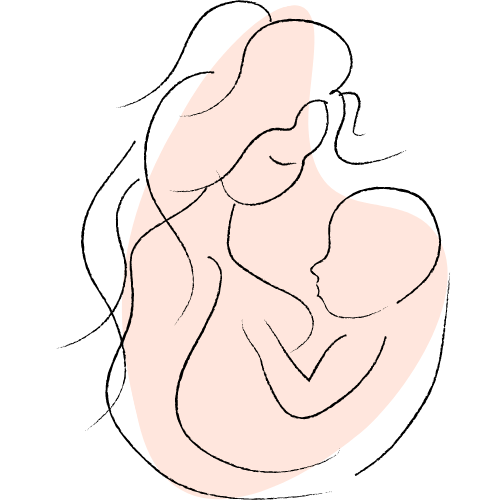This video will teach you how to care for your incision. An incision is a cut made in your skin during an operation. The edges of your incision may be held together with stitches, staples, skin glue or skin closure strips.
A bandage called a “dressing” covers your incision. To prevent skin infections, keep your dressing clean and dry. Taking good care of your incision will help it heal more quickly. Caring for your incision involves cleaning your incision and changing your dressing.
You will need: new bandages, a roll of medical tape, clean scissors, two pairs of disposable gloves, two clean, soft cloths or paper towels, a disposable plastic bag, and a waste basket. Keep these materials away from your incision to reduce your risk of infection.
Prepare Materials:
Step One: Wash your hands with soap and water for 30-seconds and then dry them with a clean towel or paper towels. Clean hands are the best protection against spreading infection.
Step Two: Open a new bandage wrapper. Leave the bandage inside the wrapper and be careful not to touch it.
Step Three: Cut four pieces of tape and hang them from the edge of a nearby table or counter. The pieces of tape should be the same length as the old ones around your incision.
Remove Old Dressing
Step One: Wash your hands again with soap and water, and then dry them.
Step Two: Put on disposable gloves.
Step Three: With one hand, press down gently on the skin next to the old tape around your incision. With the other hand, carefully peel away the old tape toward your incision.
Step Four: After loosening the tape, remove your old dressing. Do not remove any skin closure strips covering your incision. Let them fall off on their own in about 5 to 10 days. If your dressing sticks to your incision, don’t tear it off. Tearing it off may cause bleeding and delay healing. Moisten the dressing with warm water. Wait for a minute or two until you can easily remove it. Look at your old dressing after your remove it. If the dressing has a foul or sweet smell or it has yellow or greenish stain, call your healthcare provider.
Step Five: Place the old dressing in a disposable plastic bag.
Step Six: Remove the disposable gloves. Throw the gloves and the plastic bag containing your old dressing in the waste basket.
Clean the Incision:
Clean your incision only if your healthcare provider says you should. Your healthcare provider may only want you change your dressing. Make sure you understand what your healthcare provider wants you to do, and be sure to call with questions or concerns.
Step One: Wash your hands with soap and water and dry them.
Step Two: Put on a new pair of disposable gloves.
Step Three: Always use a clean cloth, warm water, and if your healthcare provider says you can, a mild antibacterial soap. To gently remove dried material from the area around your incision, start with the areas nearest your incision and wipe outwards or away from the incision. Use a different part of the cloth each time you wipe your skin. When the cloth is dirty, use a new, clean cloth. Do not scrub or remove any scabs. Scabs protect your incision while it heals. Allow them to fall off on their own. Do not wipe or rub over stitches, staples, or skin closure strips. Unless your healthcare provider says you should, do not clean your incision with alcohol, iodine, or peroxide.
Step Four: Let your incision air dry. As it dries, check your incision for the following: stitches or staples that are out of place, the edges of your incision pulling open, bleeding around your incision, redness that extends more than one inch from your incision edges, increased skin warmth around your incision, swelling around your incision, foul or sweet smelling incision odor, or a white, yellow, or green discharge coming from your incision. Call your healthcare provider if you notice any of these changes. Unless your healthcare provider says you should, do not use ointment, lotion, or powder on your incision.
Step Five: Remove your disposable gloves and throw them in the waste basket.
Apply New Dressing:
Step One: Wash your hands with soap and water and dry them.
Step Two: Put on a new pair of disposable gloves.
Step Three: Pick up a piece of gauze by one corner. Do not touch the side that will be next to your incision. Carefully cover your incision with the gauze pad. You may need more than one gauze pad if fluid is still coming out of your incision. Hold the gauze pad in place with one hand and tape the gauze pad to your skin with the other hand. Make sure you seal all four edges of the dressing. If your skin is red from the tape on your old dressing, put the new tape on a different part of your skin. If your skin is swollen or has blisters, contact your healthcare provider. You may be allergic to the tape and need to try a different kind.
Step Five: Remove your gloves and put them into the waste basket.
Step Six: Wash your hands again with soap and water and dry them.
It’s normal to see mild redness and swelling around your incision edges or a clear or pinkish discharge; however, you should contact your healthcare provider if you notice any white, yellow, or green discharge coming from your incision, a foul or sweet incision odor, the shape of your incision changes, redness that extends more than one inch from your incision edges, increased warmth of the incision, and bleeding or swelling around your incision. Also, call your healthcare provider if you have nausea, vomiting, diarrhea, or a temperature of 101-degrees Fahrenheit or higher.
